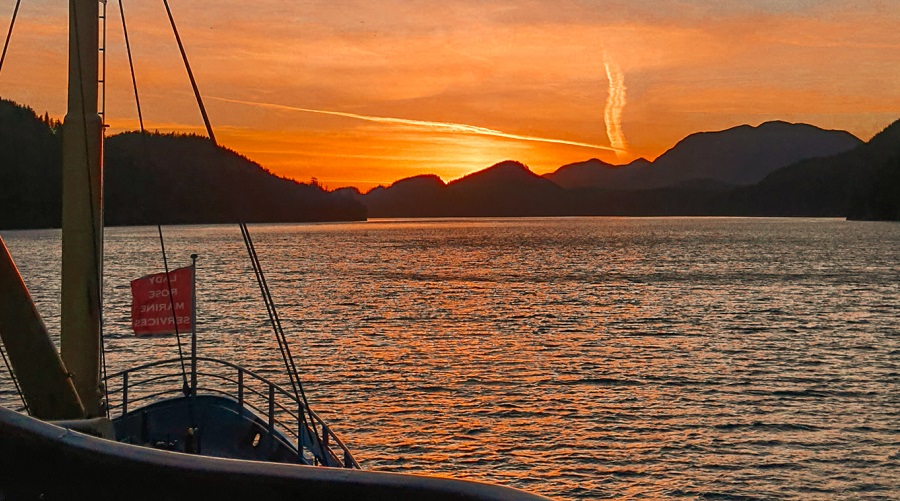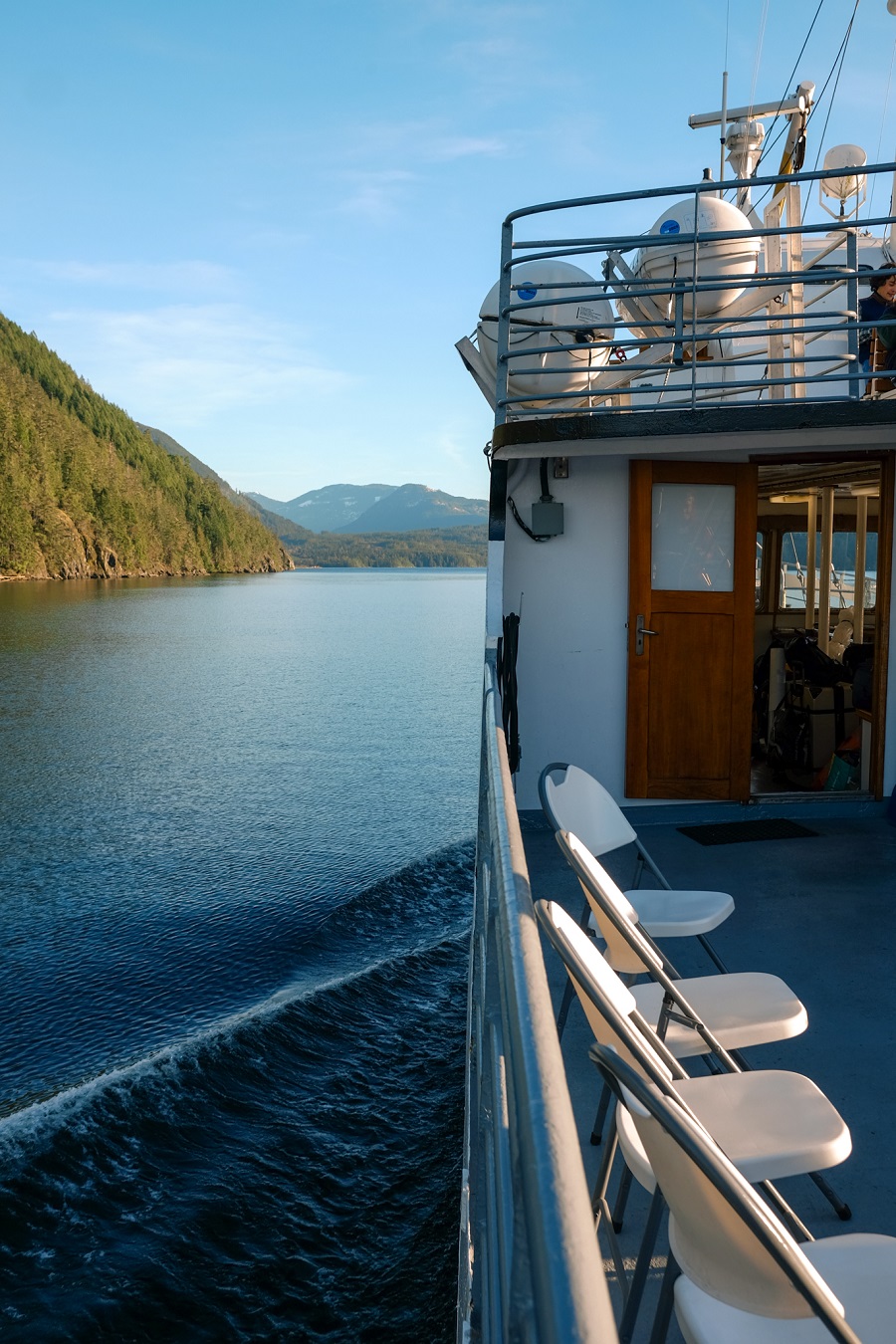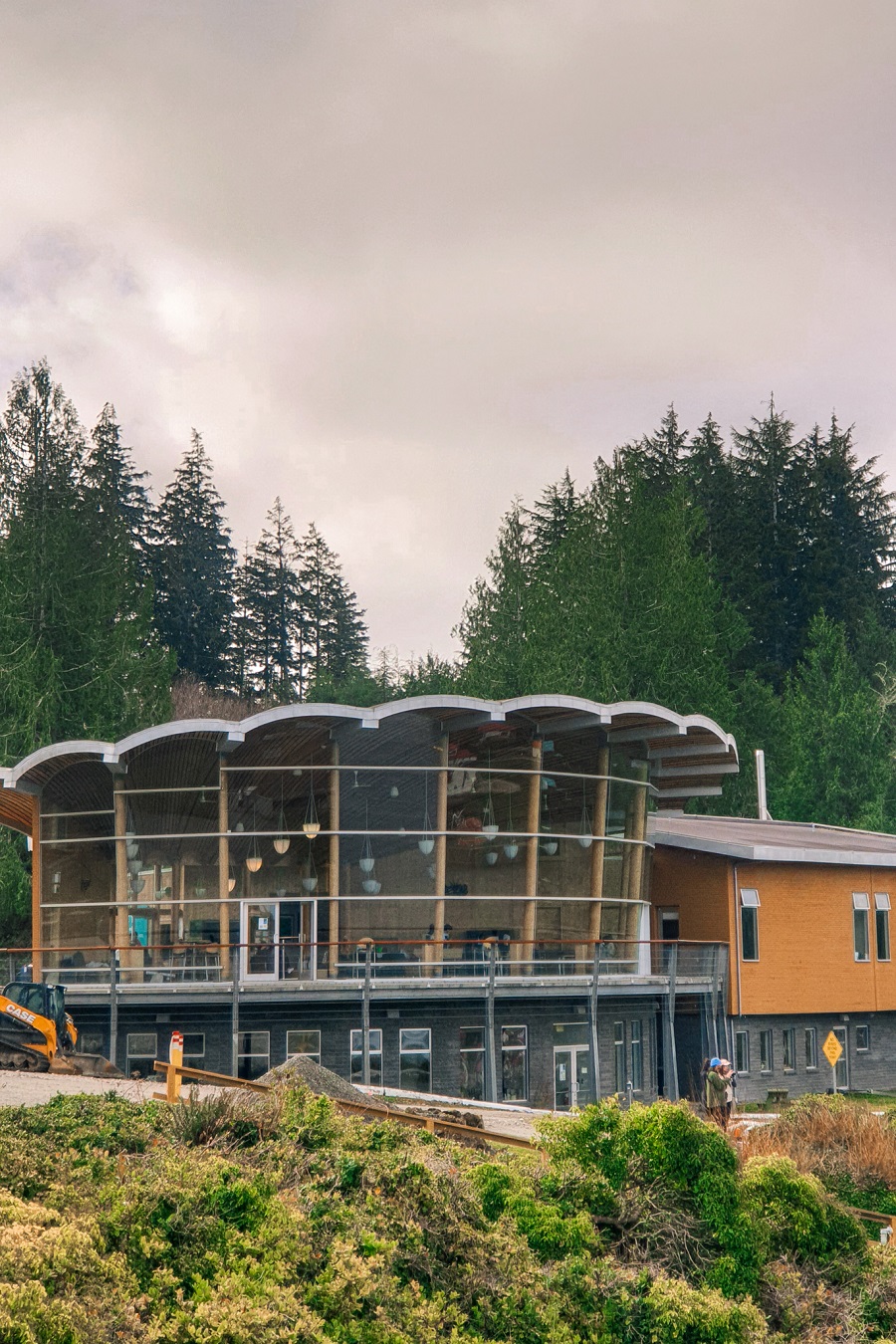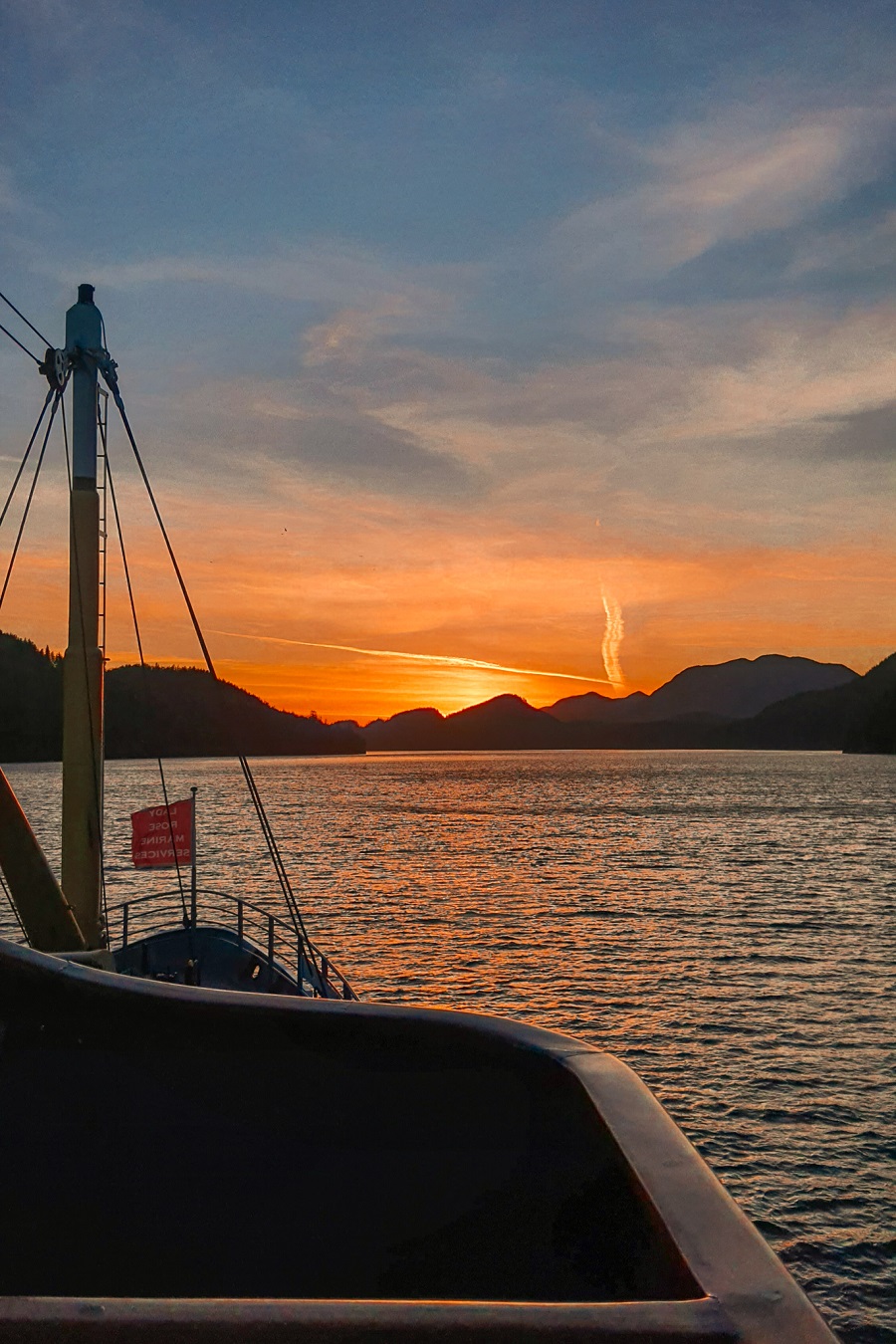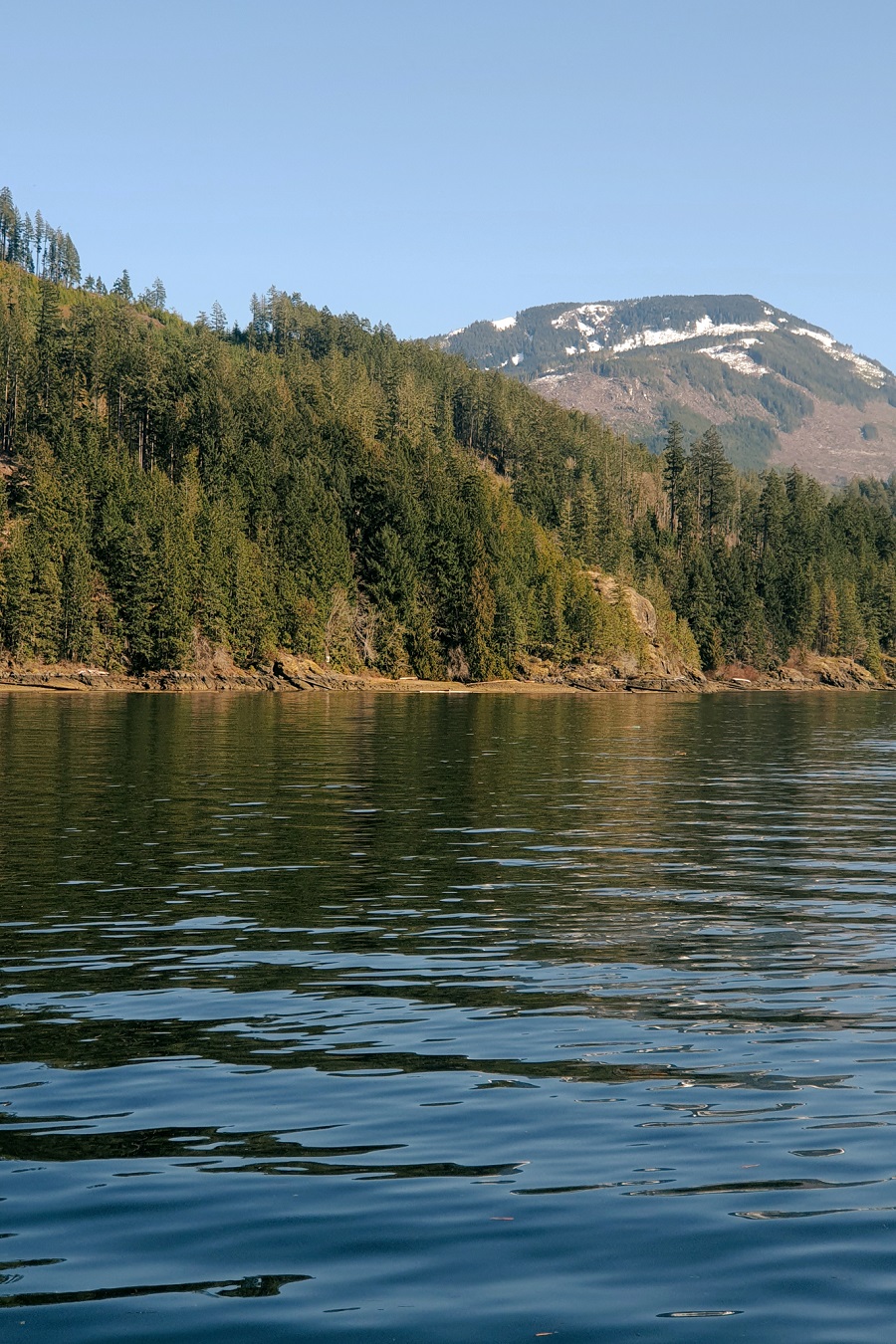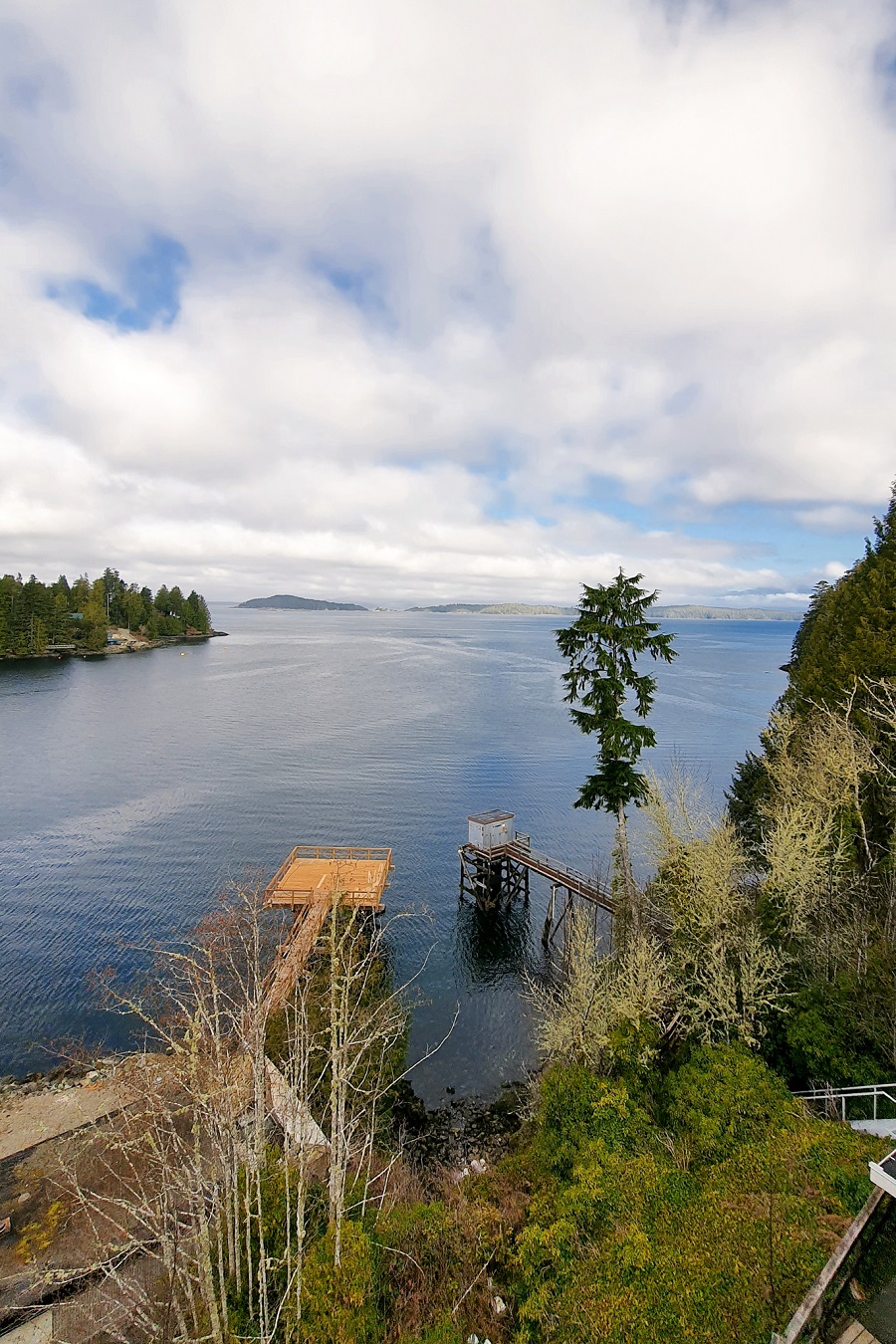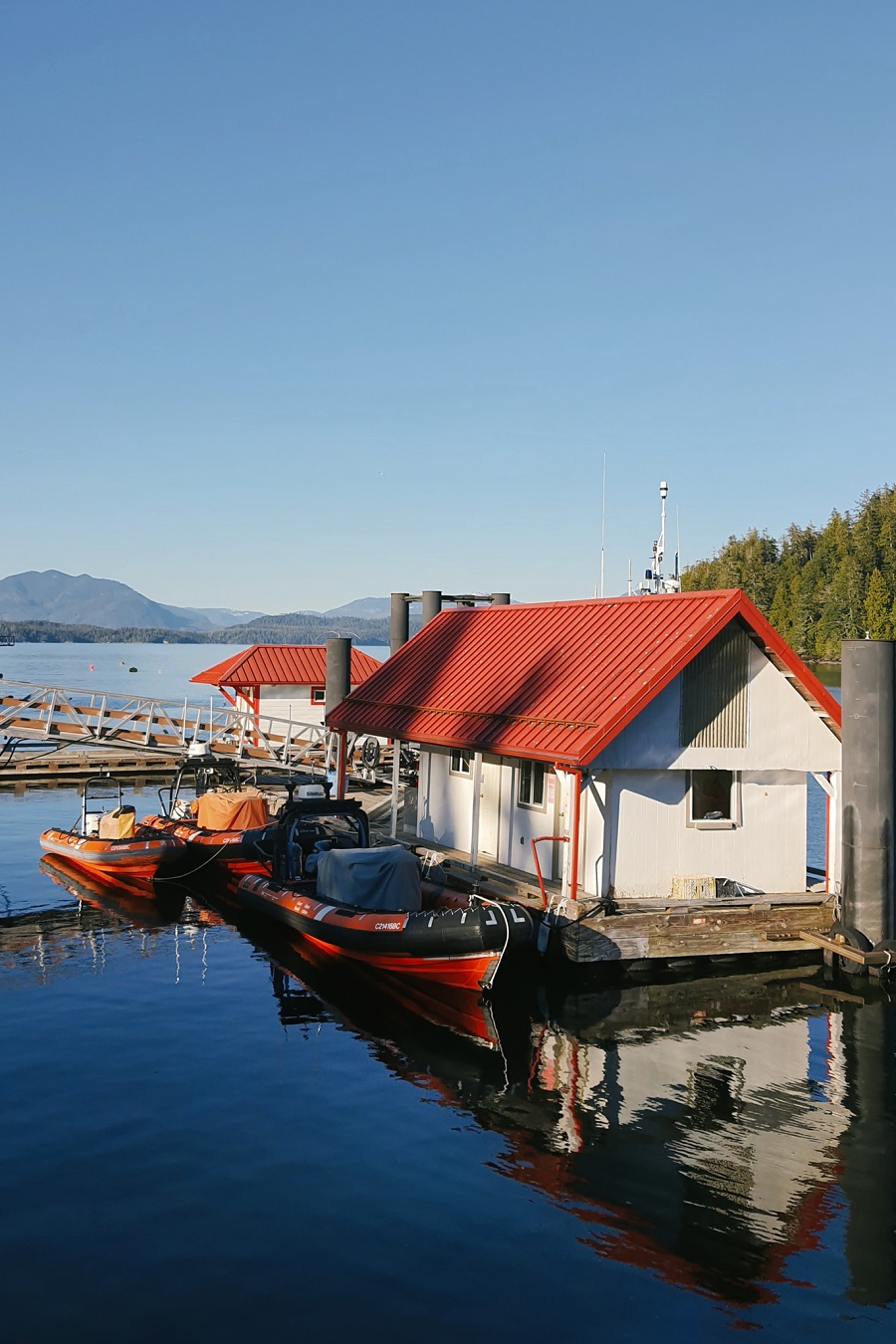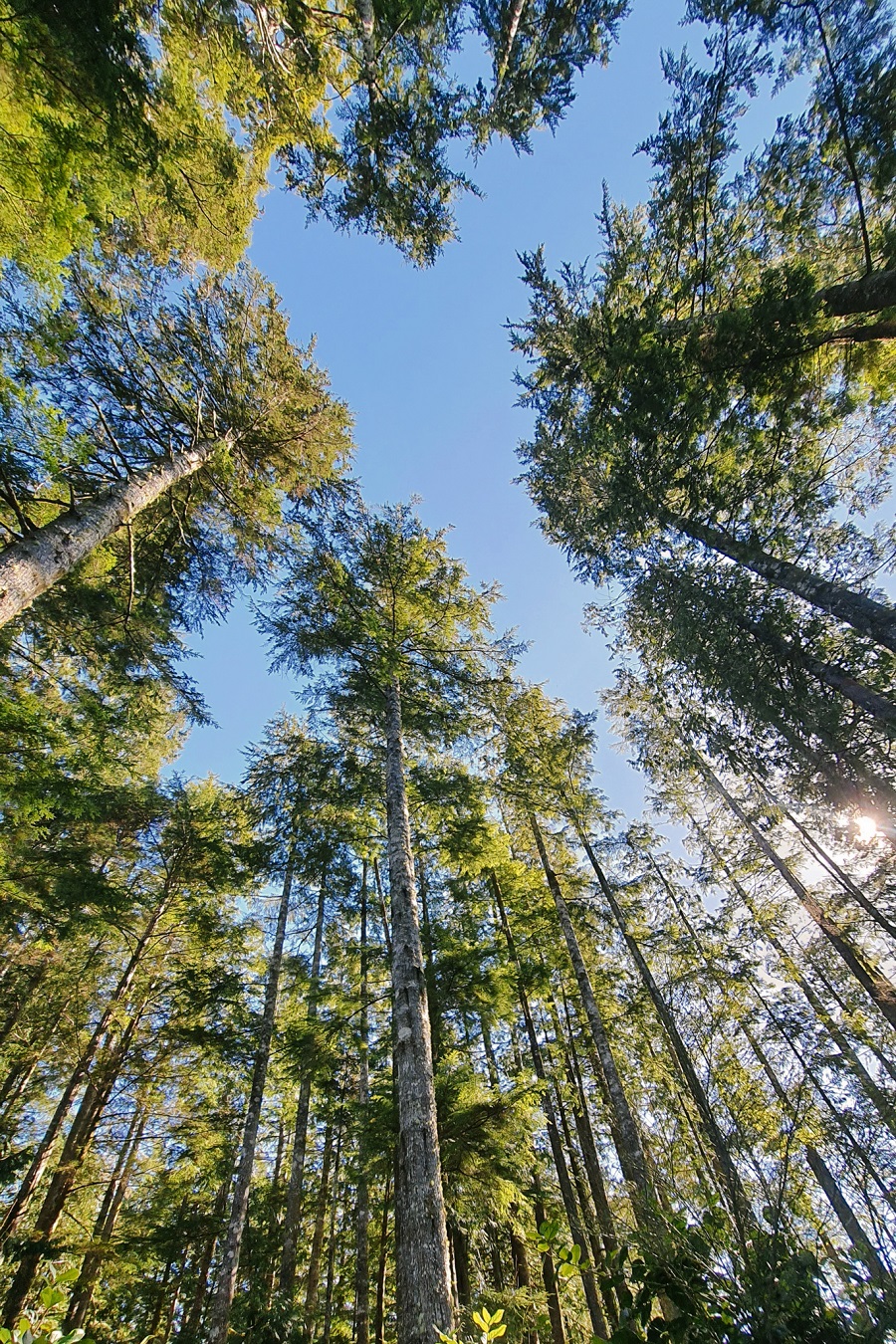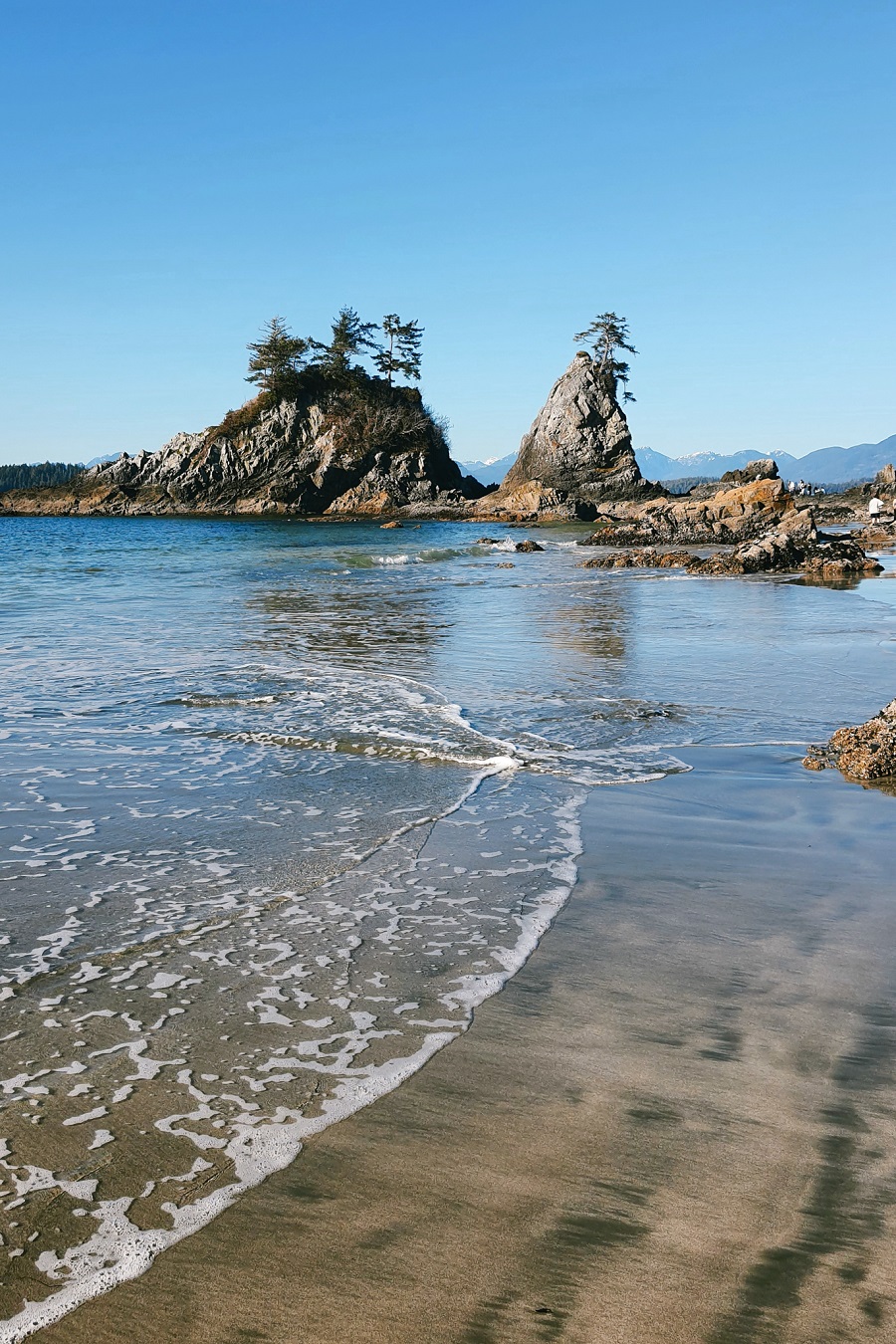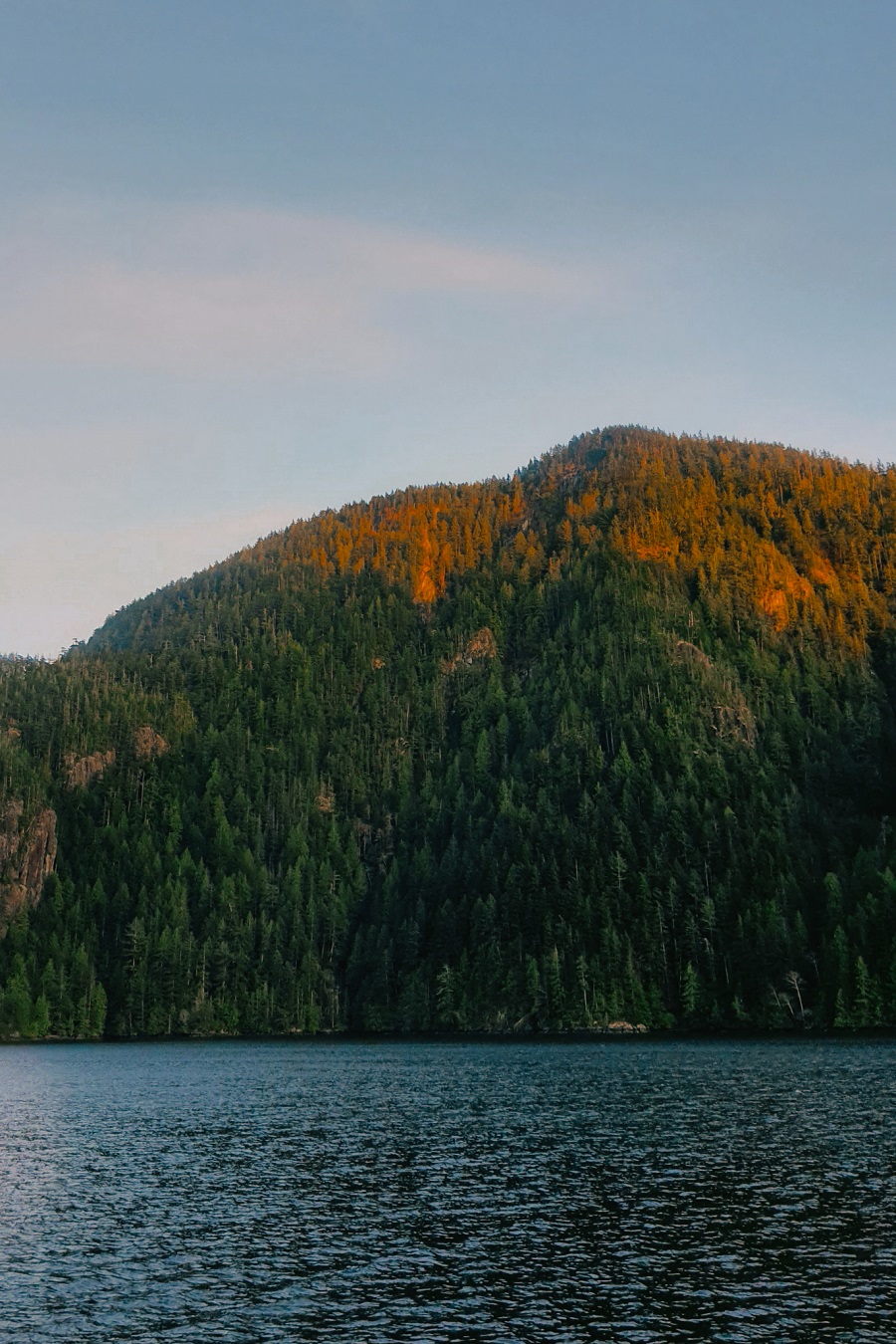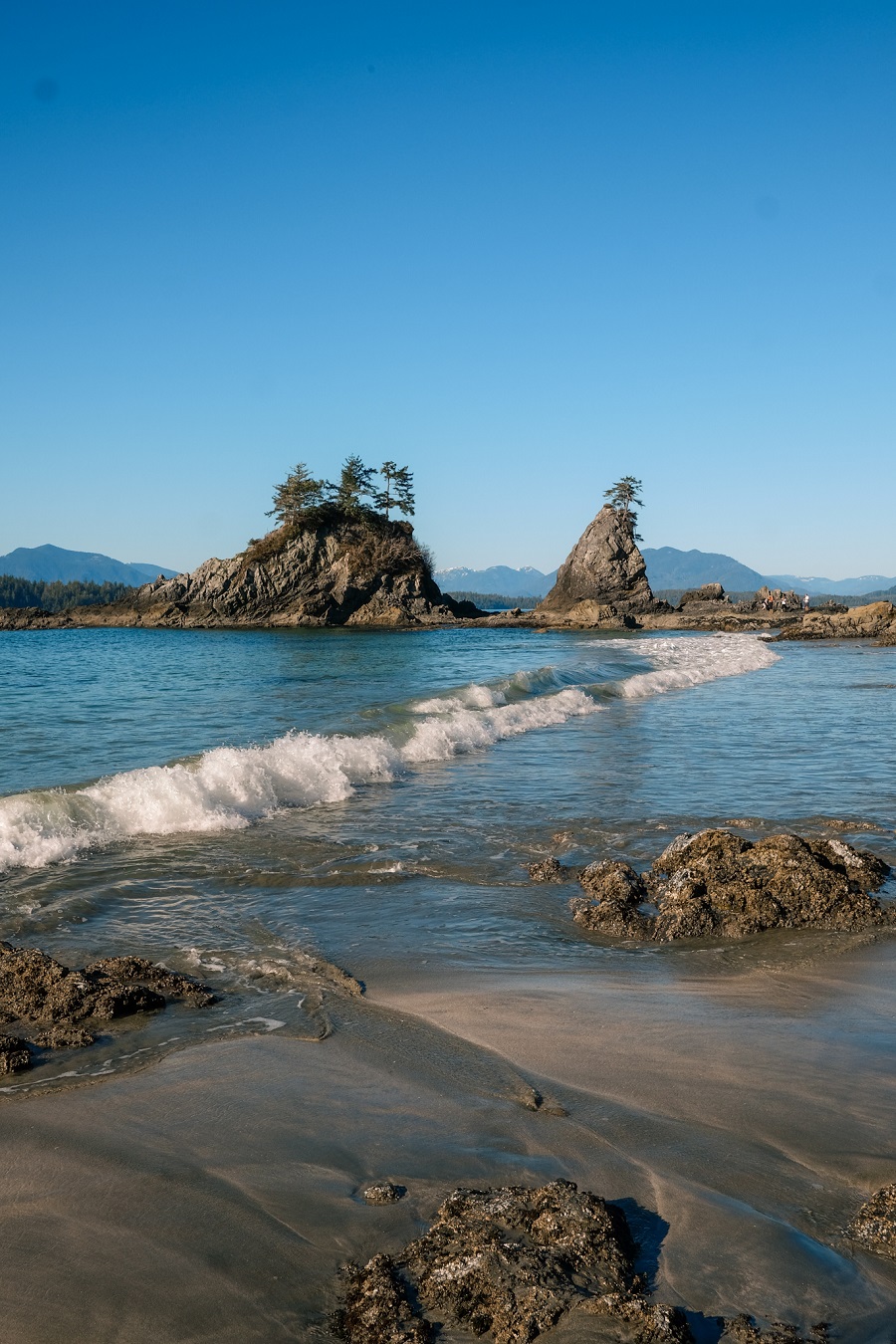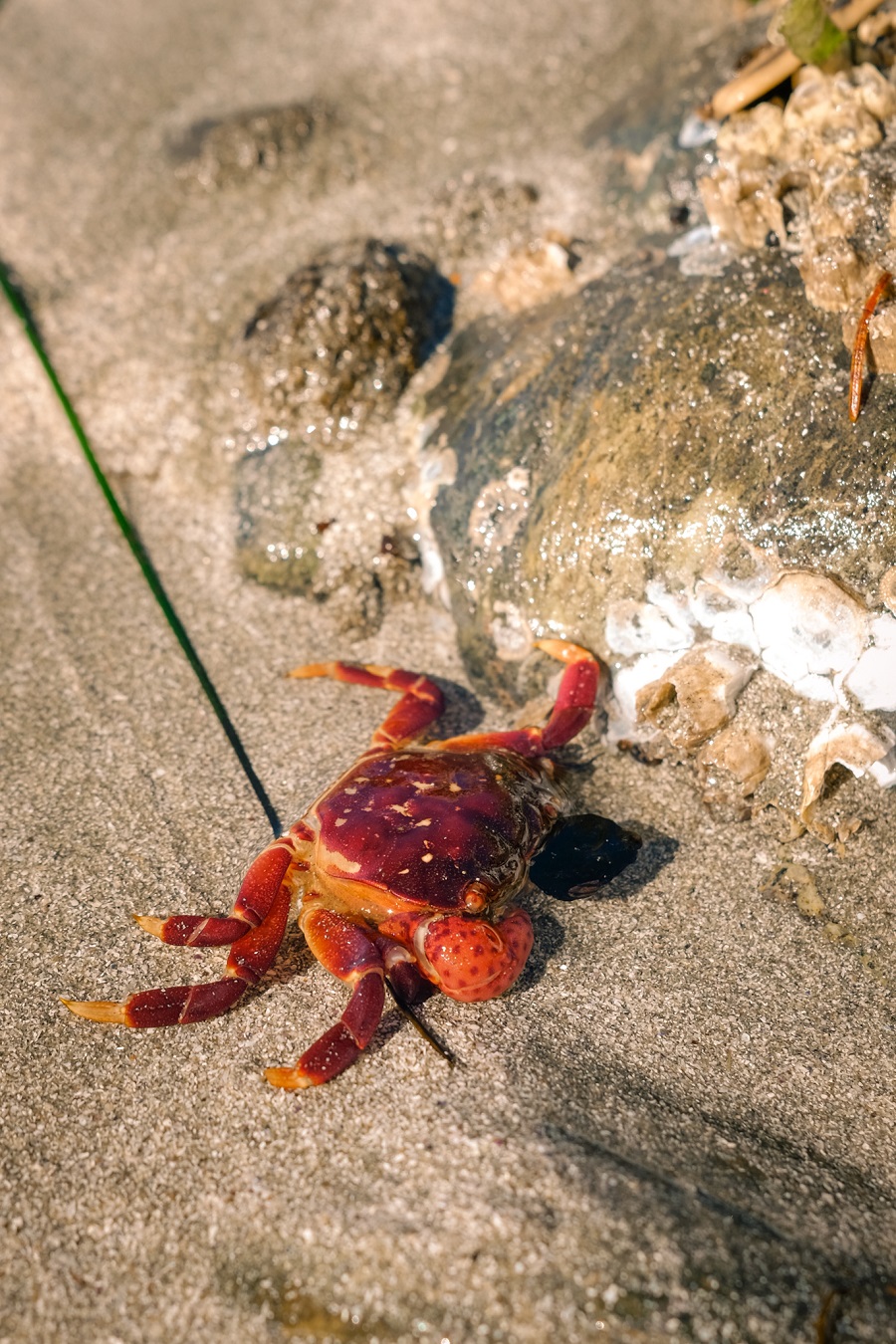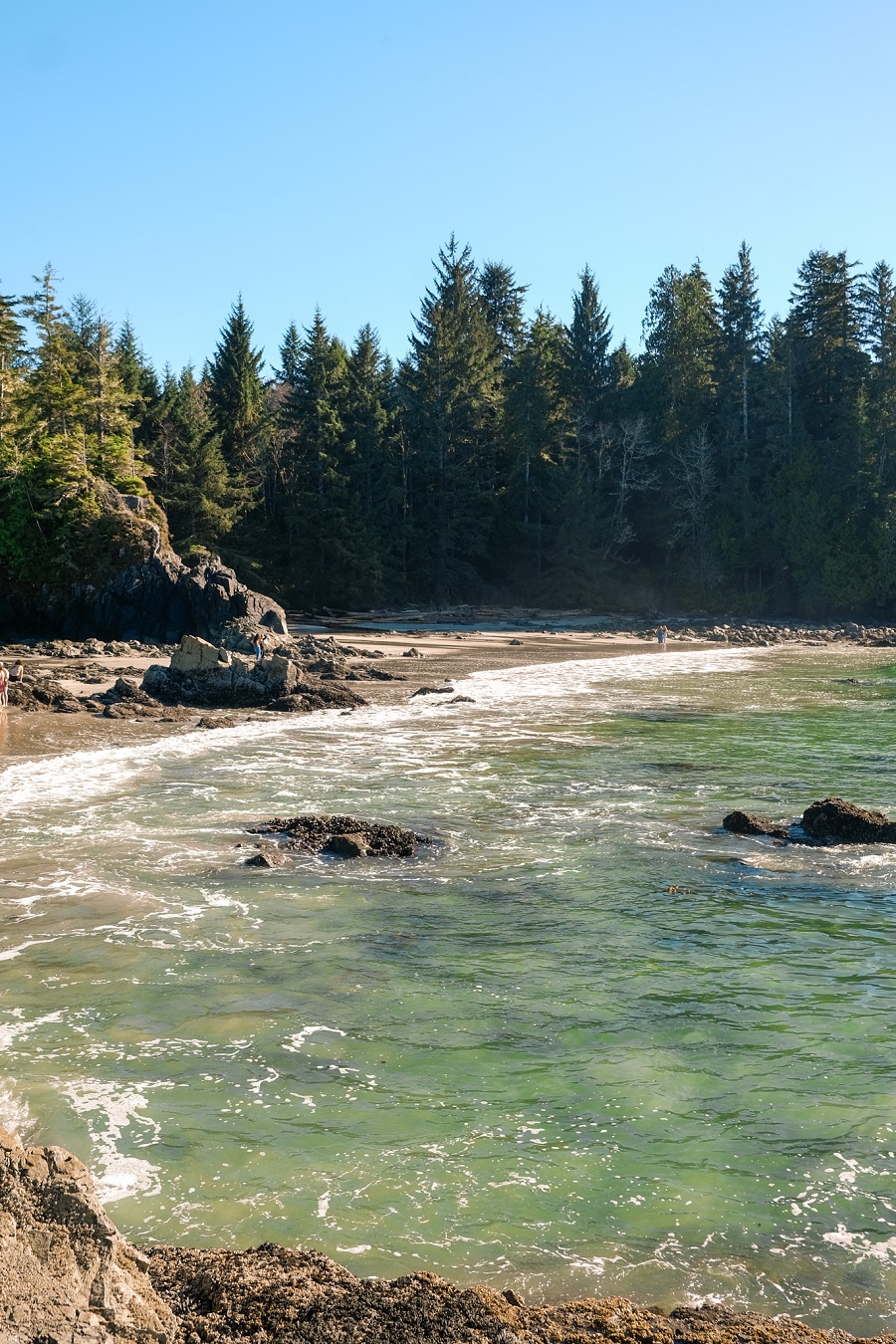By Anna Luna Rossi.
It takes about six hours, departing from Vancouver, to reach the Bamfield Marine Science Centre, where was held the 45th annual Pacific Ecology and Evolution Conference (PEEC). Three of those hours consist of sailing on the MV Frances Barkley – a 65-year-old heritage ship originating in Norway that started its current route in 1990 – through the Alberni Inlet from Port Alberni to Bamfield, almost reaching the open ocean in Barkley Sound.
The view from the boat was breathtaking: the rugged coastline is inhabited by black bears hunting in the intertidal zone, the rainforest’s tall conifers are home to bald eagles flying above our heads, and in the distance, the snow-capped tops of the mountain range add a little bit of magic to this pristine landscape.
The incredibly beautiful settings of the PEEC are one of the two things that made this conference a one-of-a-kind event for graduate students and early career scientists. The second was the amazing opportunity it presented to learn about the research being conducted by young peers through a weekend of short talks, poster presentations, and networking.
The PEEC hosts talks about various environmental science disciplines, such as ornithology, freshwater ecology, forestry, marine ecology and even geomatics: as an oceans and fisheries student, this multi-disciplinary insight is both refreshing and valuable. While my research doesn’t involve working with the Northern Pacific ecosystems, one of my goals in graduate school is to broaden my knowledge and career perspectives as much as I can, and conferences like the PEEC are a great place for this.
Throughout the weekend, I listened to at least 30 talks on subjects ranging from math tools to measure genetic diversity across populations to how climate change impacts the food security for First Nation Peoples, and mapping seagrass distribution using machine learning. The presenters were post-doctorate fellows, master’s, PhD and even undergraduate students from the University of British Columbia, Simon Fraser University, the University of Victoria and Vancouver Island University. On top of this, I was able to exchange ideas with peers from various backgrounds on topics like ecosystem modelling, gender equality in youth engagement for marine conservation, and spatial tools for assessing salmonid habitats.
Leaving Bamfield, my horizons were broadened and I can only feel inspired by so many brilliant early career researchers gathered in one place.
Our Saturday afternoon also included a walk to Brady’s Beach: under the bright spring sun, we spent hours walking barefoot along the shore, exploring tidal pools, taking pictures and marvelling at the turquoise colour of the waves. If you asked me, this is definitely one of the best and most productive ways to spend a weekend – mixing scenic exploration with scientific learning.
The photos below capture some of those magical moments my colleagues and I experienced.
- Sailing away from Bamfield aboard the MV Frances Barkley. Photo by Anna Luna Rossi.
- Bamfield Marine Sciences Centre. Photo by Anna Luna Rossi.
- Sailing away from Bamfield aboard the MV Frances Barkley. Photo by Anna Luna Rossi.
- Bamfield. Photo by Anna Luna Rossi.
- Bamfield. Photo by Anna Luna Rossi.
- Bamfield. Photo by Anna Luna Rossi.
- Bamfield. Photo by Anna Luna Rossi.
- Bamfield. Photo by Anna Luna Rossi.
- Bamfield. Photo by Anna Luna Rossi.
- Bamfield. Photo by Anna Luna Rossi.
- Bamfield. Photo by Anna Luna Rossi.
- Bamfield. Photo by Anna Luna Rossi.


